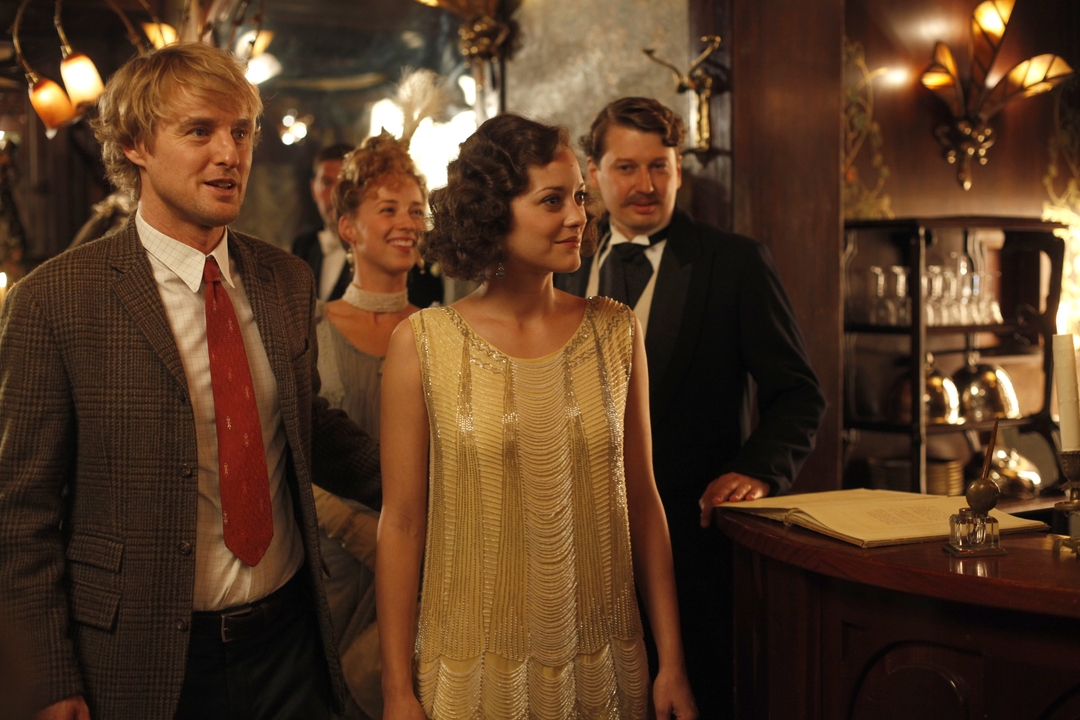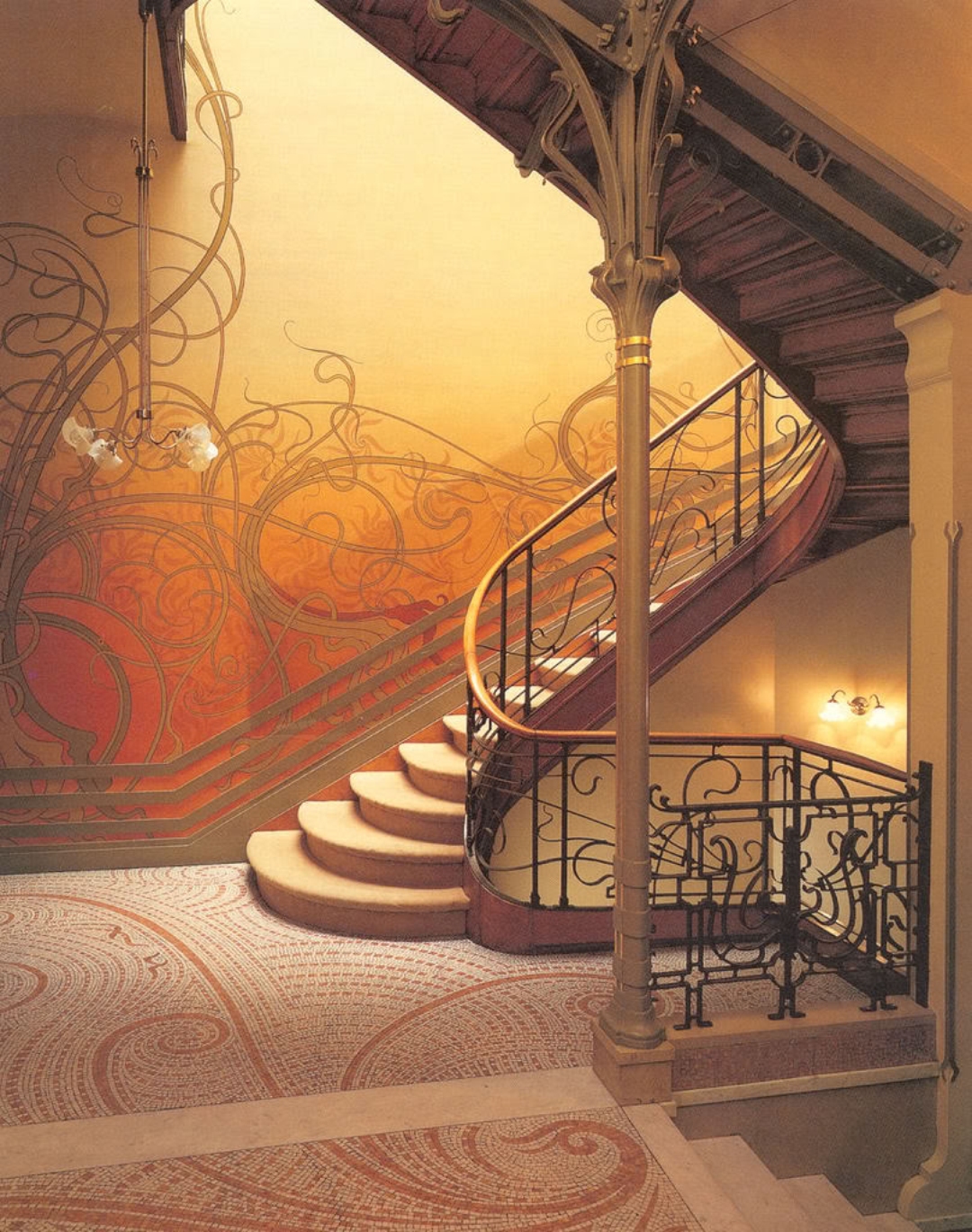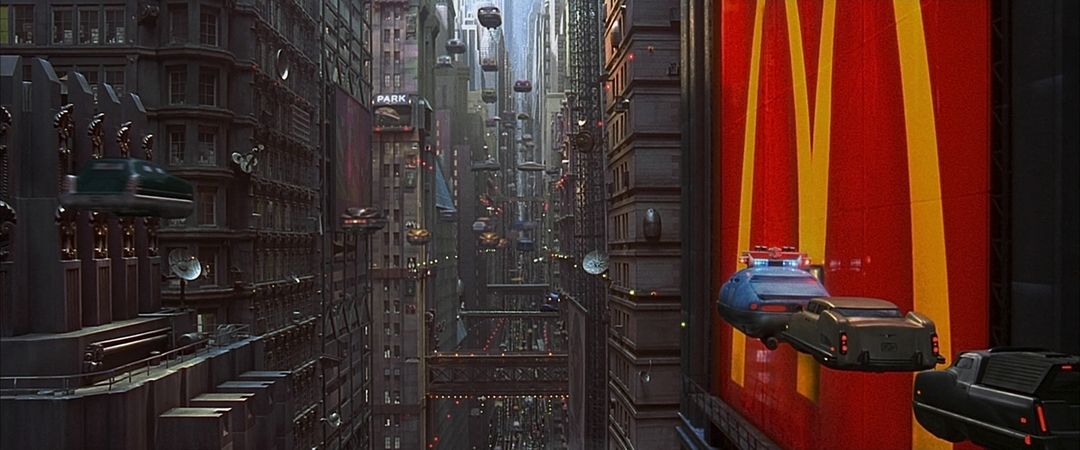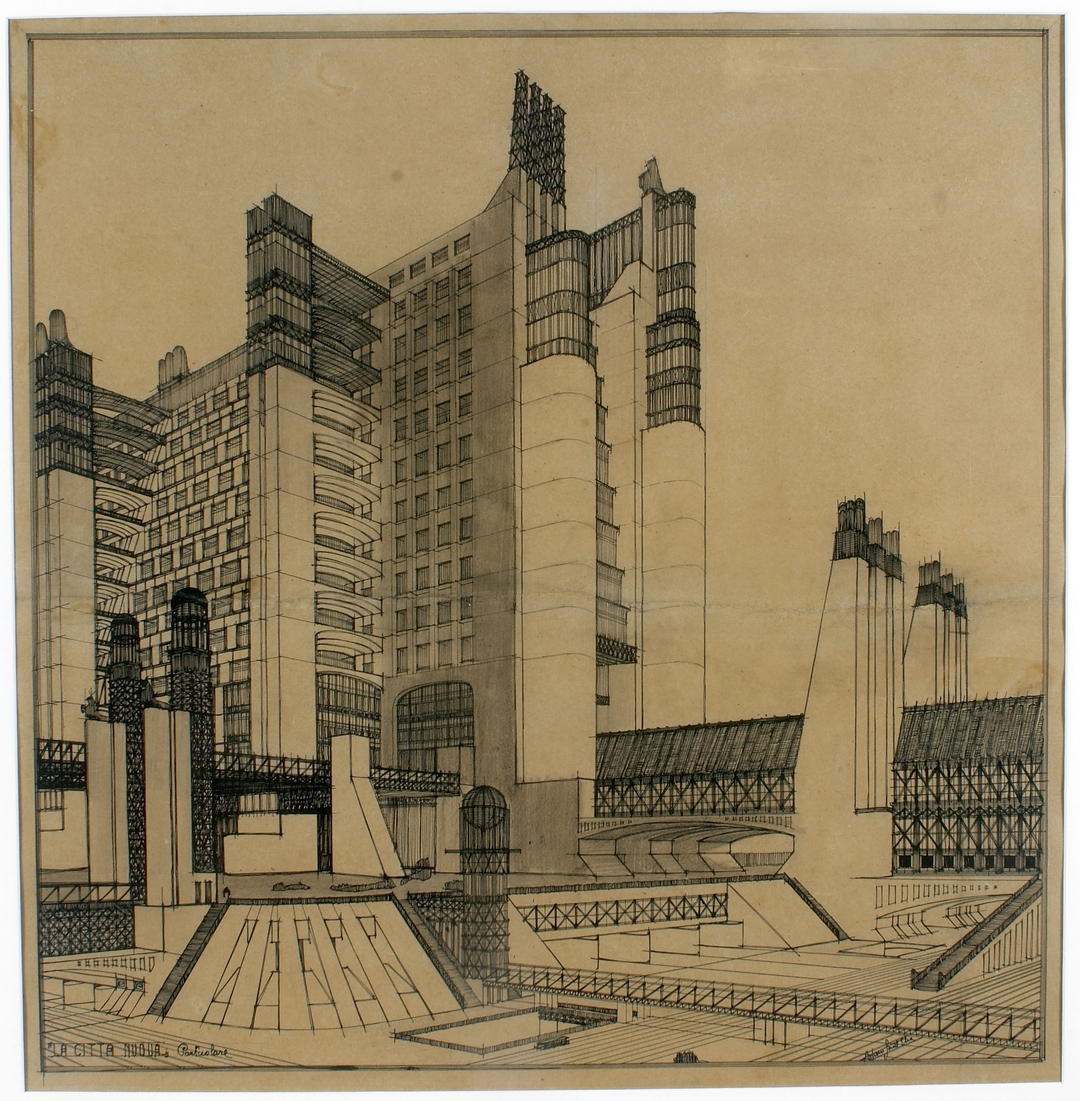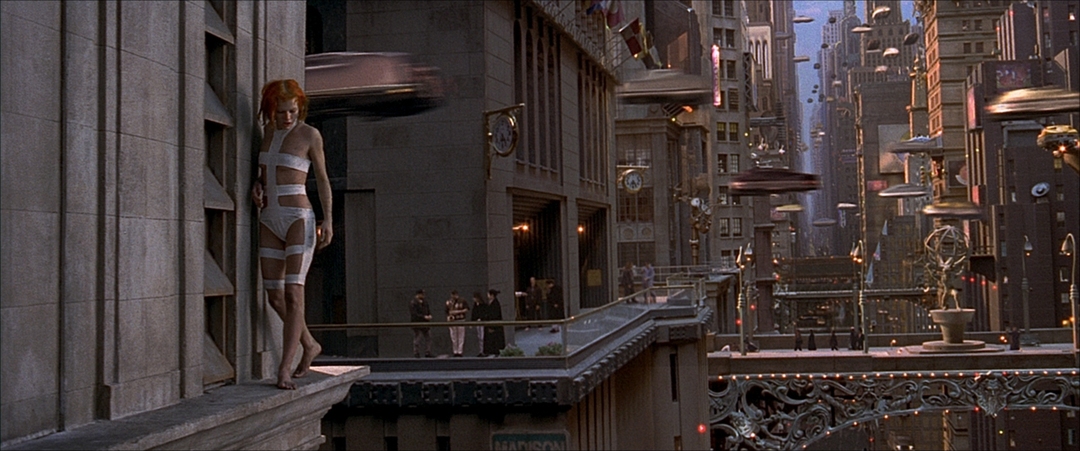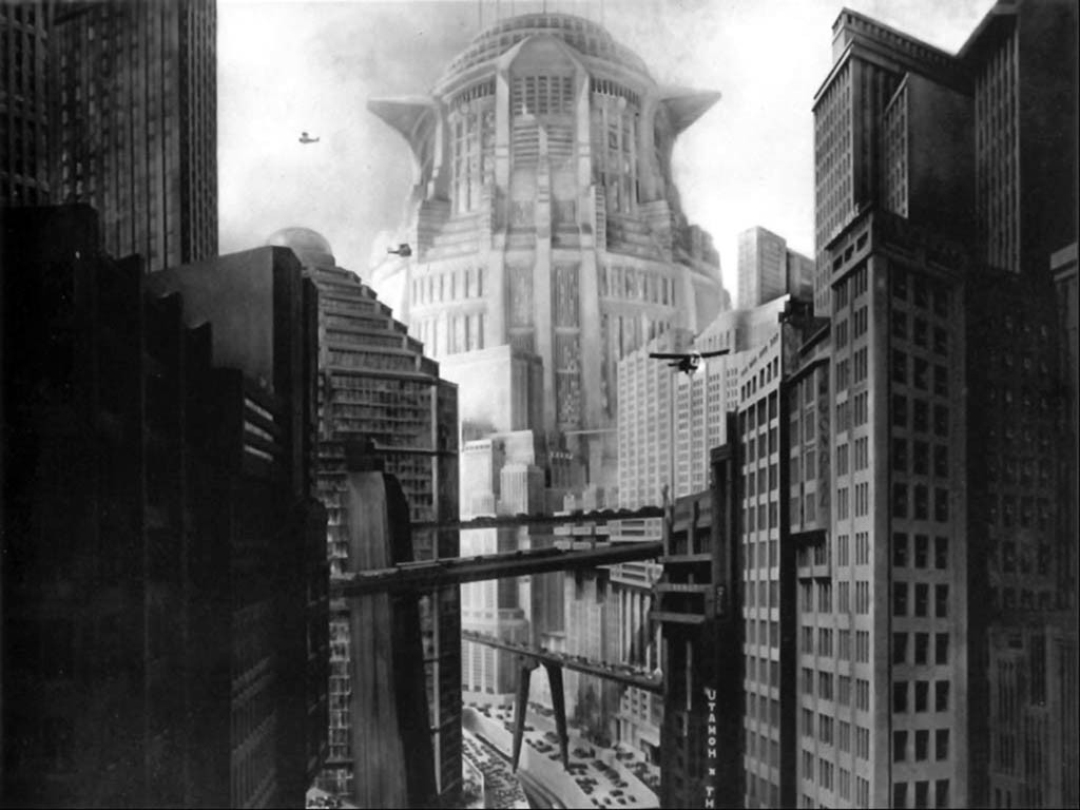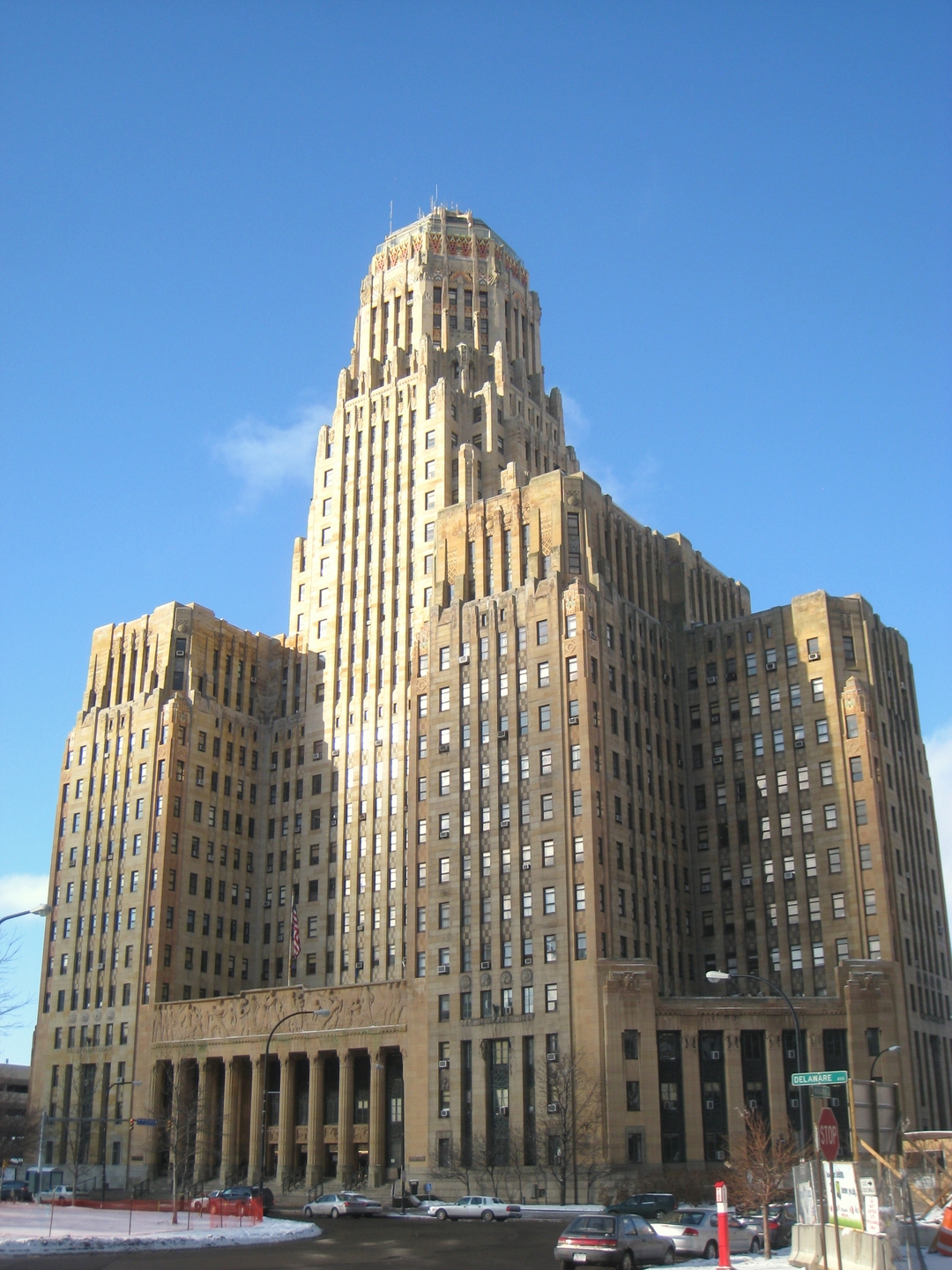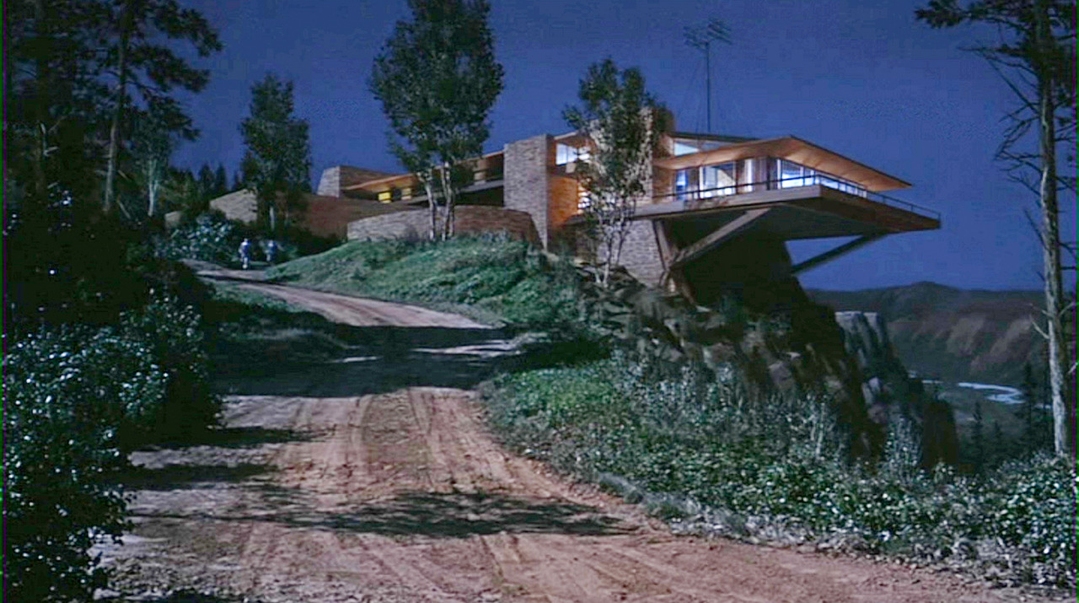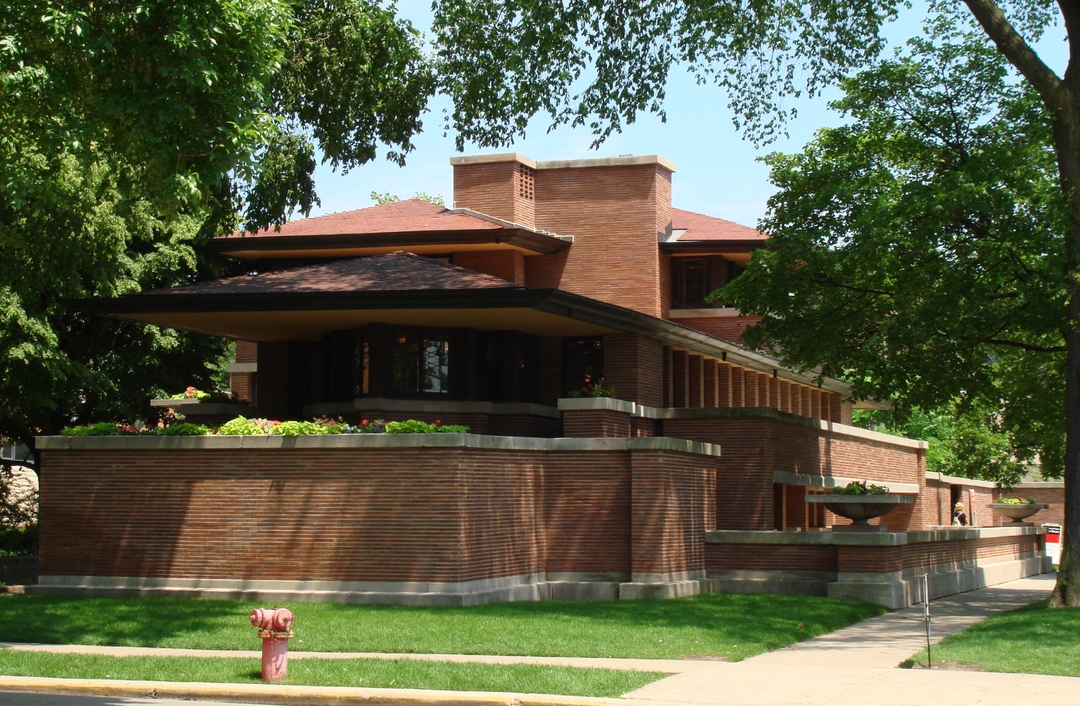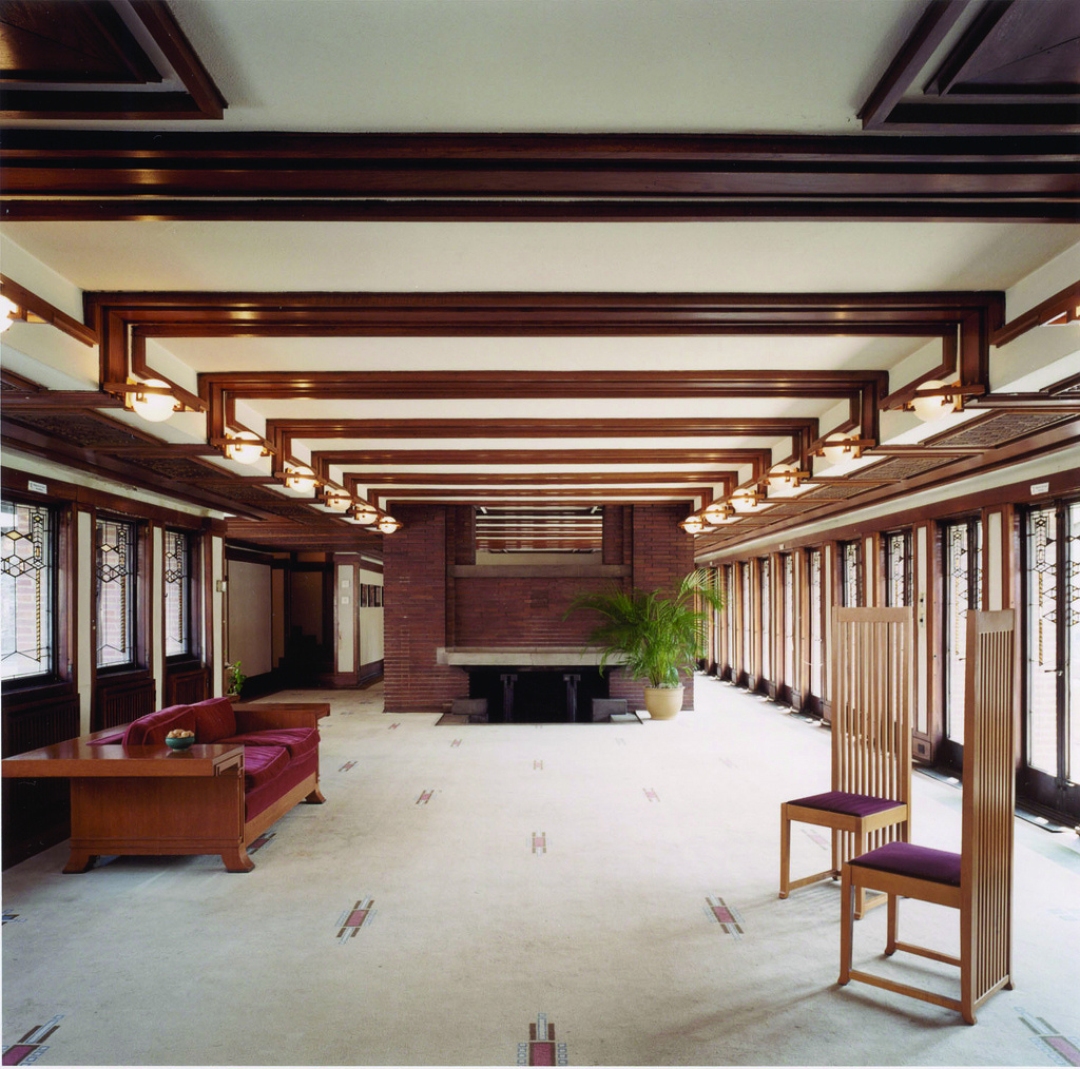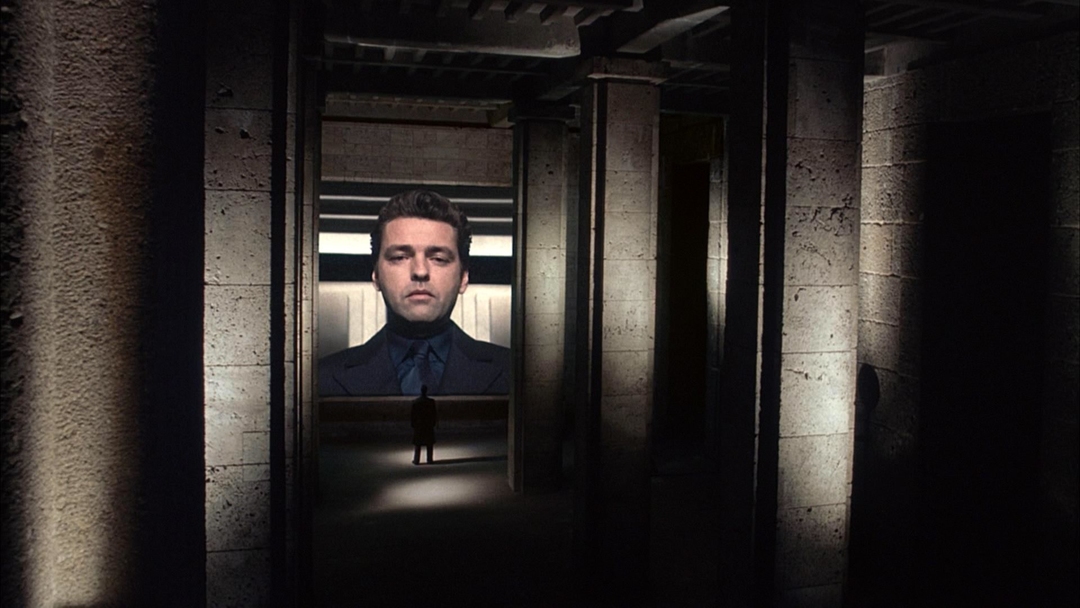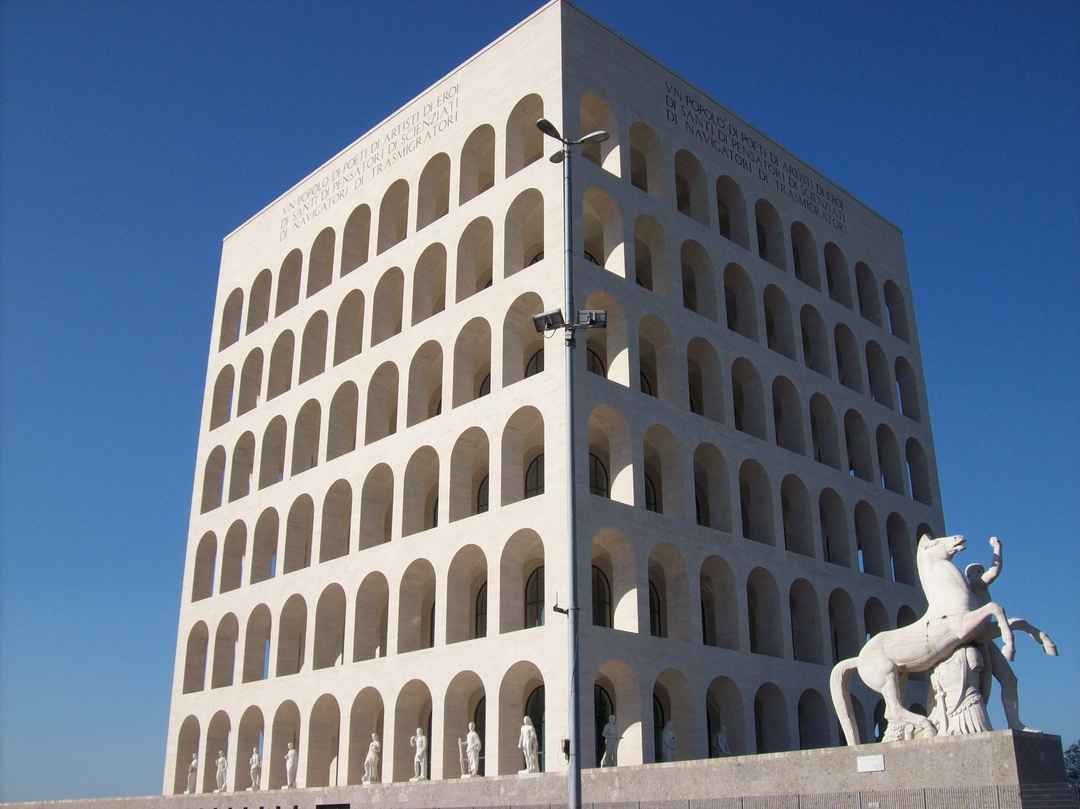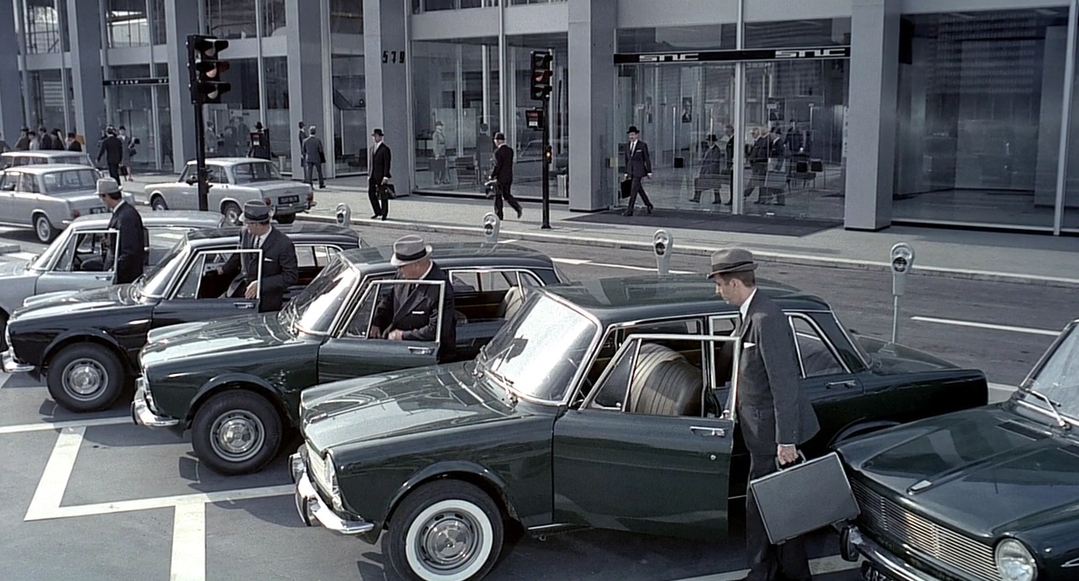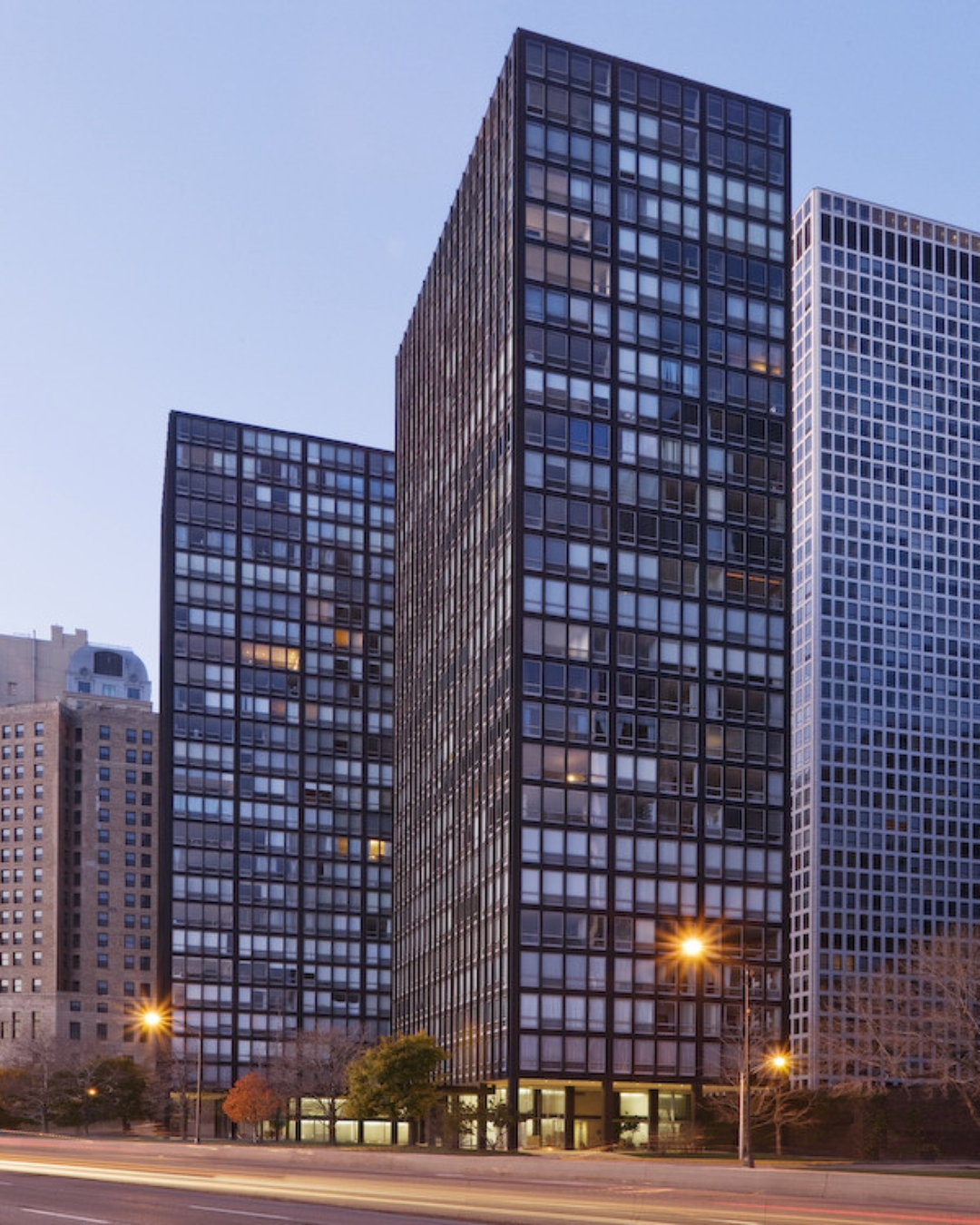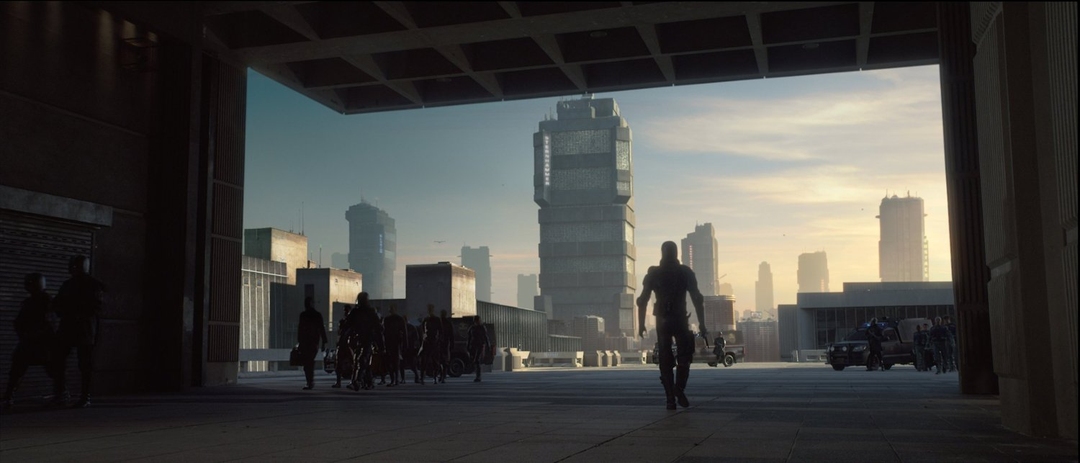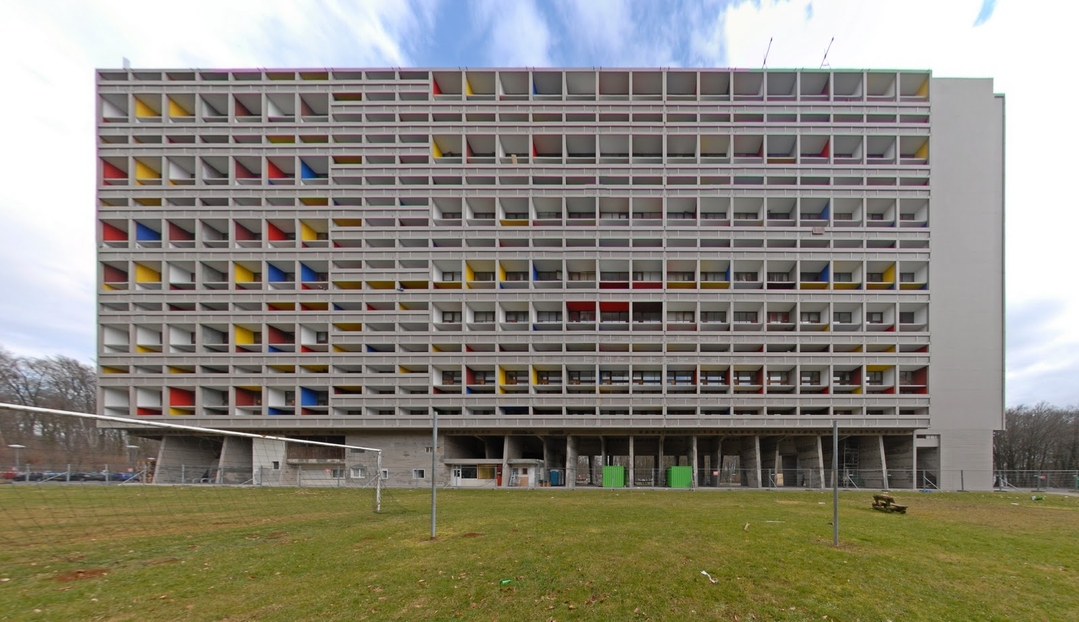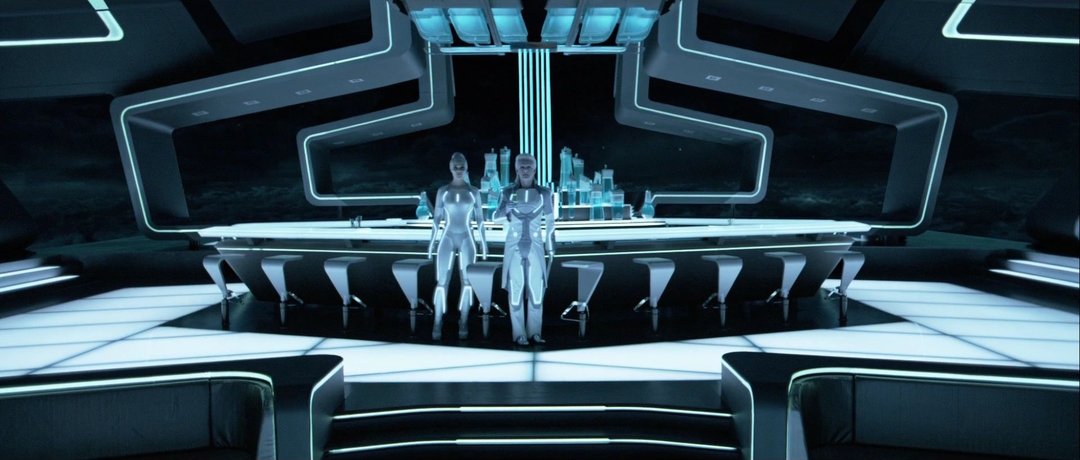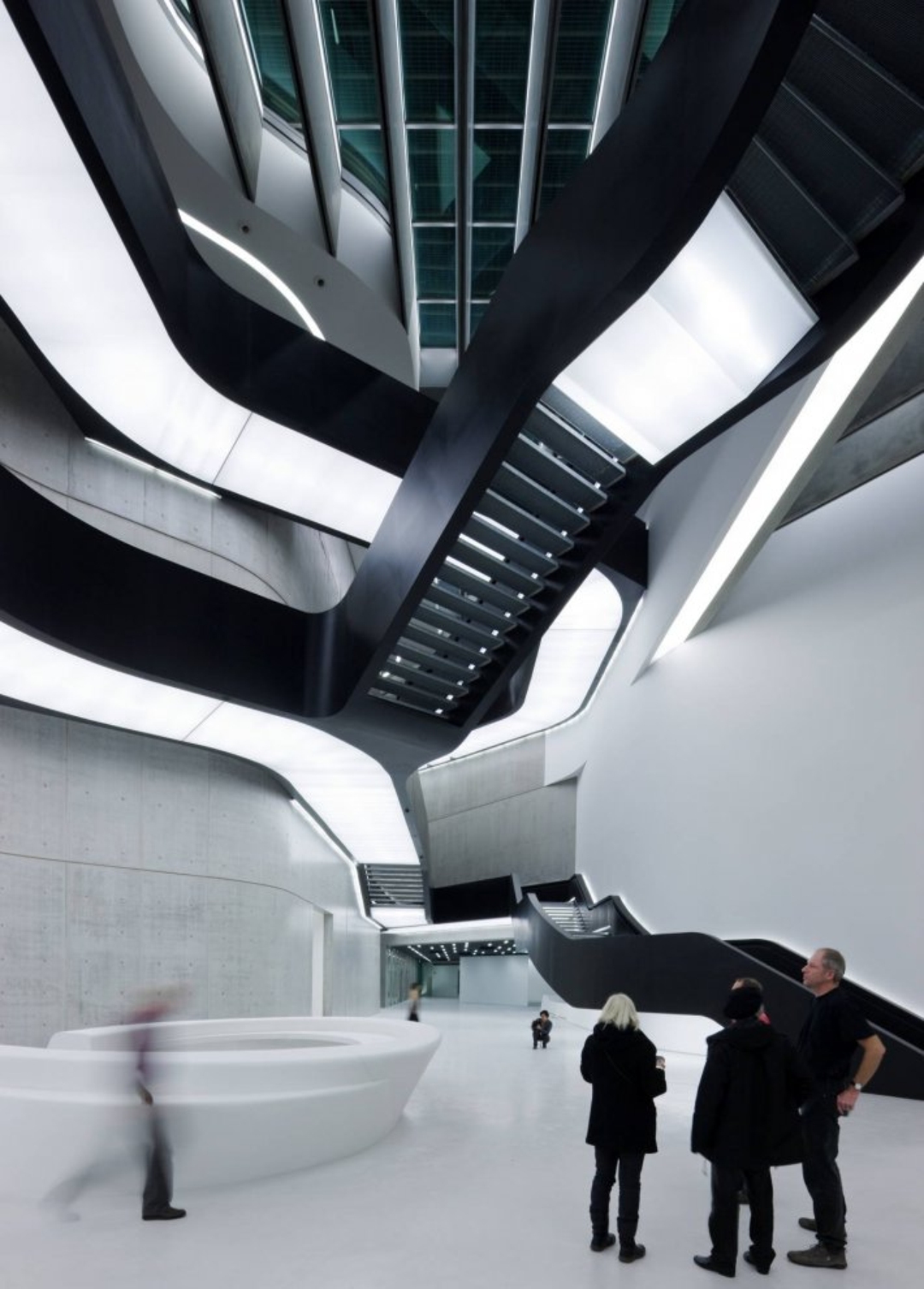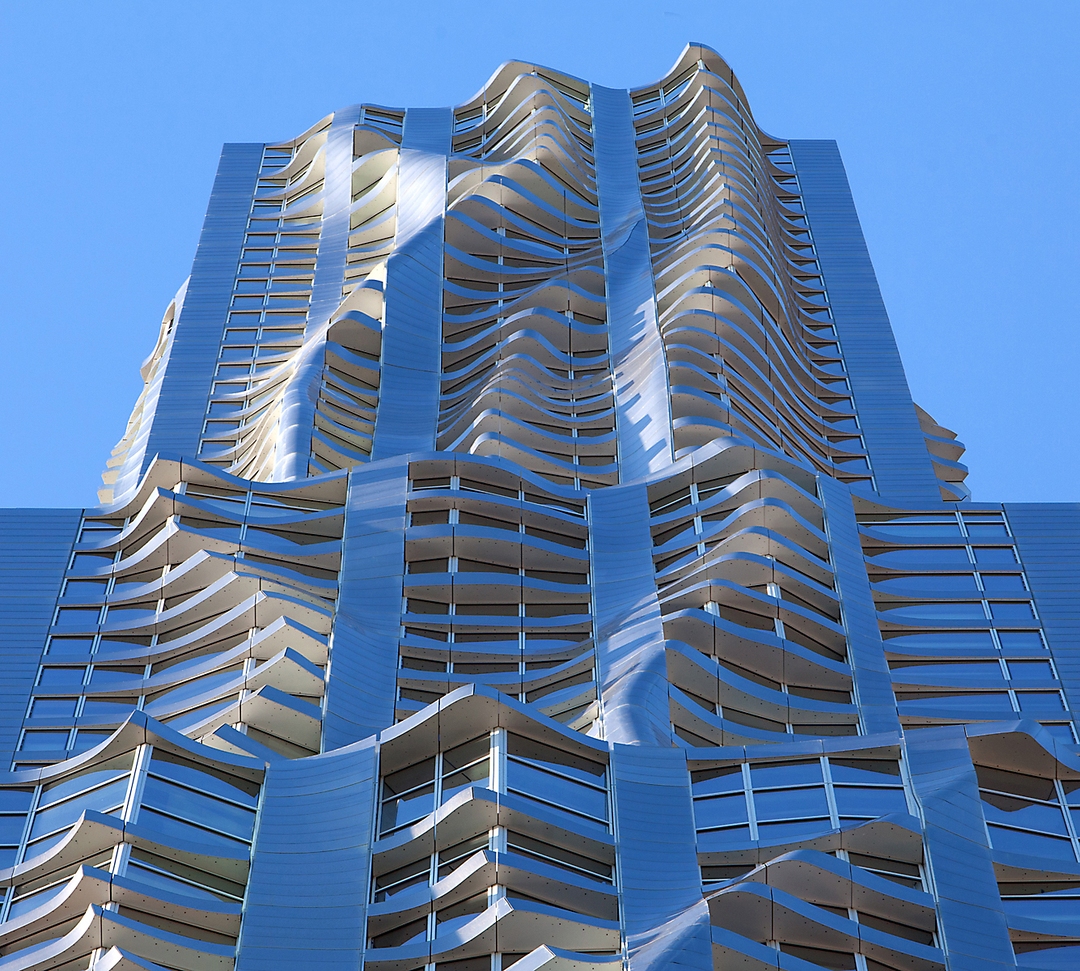Just visiting the new Architizer for the first time? Feeling a little lost in the architectural references: Art Deco, Modernism, Parametric? We may have a fun and easy solution for you, especially if you're a film buff. For your architectural edification and enjoyment we've gathered all the motion pictures that help exemplify modern architectural styles—from the turn-of-the-century Art Nouveau all the way to today's digital designs. So grab your popcorn and check out our list below.
Art Nouveau (approx. 1890–1914) + Midnight in Paris (2011)
Midnight in Paris follows Hollywood screenwriter Gil Pender as he travels between present-day Paris and the Paris of decades past, meeting his artistic and literary heroes (Picasso, Hemingway, Gertrude Stein). Its mix of romance, comedy, and whimsy makes it a thoroughly enjoyable movie, not in the least because you'll be treated to the sinuous lines and surfaces of the Art Nouveaumovement.
Midnight in Paris (2011) features the flowing forms of Art Nouveau. Photo: via metropolisoftomorrow.tumblr.com
Art Nouveau, or quite literally "new art," is also known as Jugendstil (Germany), Secessionist (Austria), Stile Liberty (Italy) and even Yachting Style (in French again). You can see it in the flowering and curvilinear forms of the desk, furniture, and wall decorations above. It arose in the 1890s throughout Europe as artists and architects were searching for a new style that would befit the coming modern century.
The interior of the Hôtel Tassel (1894) located in Brussels and designed by Victor Horta. Photo: via 19thcentury.wordpress.com
Before Art Nouveau, designers had looked to ancient or medieval architecture for inspiration, but that was about to change. Some architects seeking new decorative patterns began to think of the curves and intricate forms of nature, specifically plants, as a possible source for the style of the future. The stairs in the Hotel Tassel (pictured above) exemplify this idea. Art Nouveau's effect on architecture was short but memorable, especially when you think of its many still popular graphic designs. However, it shouldn't be confused with its contemporary, the Arts and Crafts movement. While Arts and Crafts focused on an overall return to individual craftsmanship, Art Nouveau was more about a new vision for decorative arts.
Futurism (1909 - 1914) + The Fifth Element (1997)
The dense skyscrapers and rapid (even dangerous) transportation of the Fifth Element echoes the urban aspirations of the Futurists. Photo: via scifiinterfaces.wordpress.com
Though the buildings themselves of The Fifth Element seem to have a uniquely eclectic style, there's no question that the New York City of the 23rd century is a Futurist's dream come true. The movie itself is set in the far future and tells a classic story of good versus evil with a healthy dash of comedy, romance, and sci-fi quirkiness. The opening scenes of the movie (after a brief flashback to 1914) take place in New York, a city which has been scaled up to titanic proportions. Flying cars race through the air, buzzing among the towering skyscrapers. Innumerable walkways connect these immense structures, giving the sense that the city abounds with movement outside and within.
Architect Antonio Sant'Elia (1888 - 1916) also envisioned towering and interconnected forms that a Futurist society would inhabit. Photo: TintoMeches via en.wikipedia.org
The Fifth Element's New York City is the spitting image of what the Futurists wanted the future to look like. As the Art Nouveau demonstrated, the turn of the century was an experimental time for architecture. The Futurists (initially all Italian) were obsessed with factories, noise, speed, violence, and danger. These ideas embodied all the most exciting aspects of the new machine age that they were beginning to experience. Electricity, the internal combustion engine, and other advancements left the Italians convinced that the future would be fast, industrious, and bold.
The first Futurists were poets, painters, and sculptors, though they soon influenced architect Antonio Sant'Elia; in 1914 he produced the Città Nuova, a series of drawings that projected an industrial metropolis of powerful towering forms. His buildings exposed their modern construction (steel, concrete, glass) as well as all the architectural language of infrastructure and industry. The Fifth Element adopts New York City's eclectic architectural styles but keeps all the cacophony, movement, and danger of a Futurist megalopolis. As for the Futurists themselves, during World War I they eagerly enlisted in the Italian military to enjoy the thrill of modern battle, though many were killed and the movement lost its momentum after the war.
Art Deco (1912-1929) + Metropolis (1927)
Metropolis (1927) depicts a dystopian future that was heavily influenced by New York City's 1920's Art Deco. Photo: via cinematicfilmblog.com
Fritz Lang's early sci-fi masterpiece depicts a future divided between controlling elites and a toiling underclass—symptoms of the industrialization that had been intensely reshaping the social fabric of Europe over the previous decades. The plot is of a young man who must mediate between the factory owners and their workers as escalating conflict between the two groups creates chaos throughout the city. Though Metropolis contains elements of other architectural styles—from the Gothic to the Futurist—Lang was heavily influenced by New York City's towering Art Deco skyscrapers when he visited there in 1924.
Buffalo City Hall in Buffalo, New York, designed by Dietel, Wade & Jones in 1931. The Great Depression halted most new architectural projects in 1929 with some exceptions like this City Hall. Photo: Daderot via en.wikimedia.org
Art Deco had nebulous beginnings in Paris during the salons of 1912. Raymond Duchamp-Villion, Marcel Duchamp's brother, designed a set of Cubist interior ornaments that were displayed at the Salon d'Autumne and the Paris Salons. This was quite the coup, as salons were pivotal events in the international art world. These exhibitions represented an opportunity for artists to compete for recognition and patronage, as well as for ideas and styles to propagate through the artistic community.
The Duchamp-Villion style did indeed propagate through the hands of more established architects such as Peter Behrens and Josef Hoffmann. However, unlike Duchamp-Villion, these architects were more interested in the coming Machine Age of industrialization and industrial design. The resulting mixed style took on a life of its own in the hands of various designers throughout the 1920s, characterized by angular lines, rich surfaces, and stylized figures. It earned its name "Art Deco" later from the 1925 International Exposition of Modern Decorative and Industrial Arts.
Prairie School (late 19th to early 20th century) + North by Northwest (1959)
North by Northwest features a house based on the work of Prairie School master Frank Lloyd Wright. Photo: via ghaas.tumblr.com
This classic thriller from Alfred Hitchcock features Cary Grant as an ad executive who's swept into a dangerous world of spies and intrigue when he's mistakenly kidnapped on the streets of New York City. During the film, Grant's character sneaks into the villain's mountainside residence, pictured above, which was purpose-made to resemble a Prairie-style Frank Lloyd Wright home. The exterior is a matte painting, while the interior was built as a movie set. Prairie School architecture, real or otherwise, usually features strong horizontality, wide-open interiors, and local materials.
The Robie House (1910) in Hyde Park, Chicago is often cited as the best example of the Prairie School architecture. Photos: via cesww.com and about.com
The Prairie School that the production team of North by Northwest so accurately imitated (on the exterior at least) was the result of two trends: a reaction against industrialization in the arts (called the Arts and Crafts movement) and the search for a uniquely American architectural style. The Arts and Crafts movement began in Britain and flourished in Europe in the second half of the 19th century. It was led by designers and luminaries such as William Morris (1834–1896) and John Ruskin (1819–1900). Concurrently, architects like Louis Sullivan (1856–1924) and his disciple Frank Lloyd Wright (1867 - 1959) sought inspiration from the open American landscape to devise a new uniquely native architecture. The resulting confluence of philosophies created the Prairie School's "organic" philosophy that architecture should seamlessly arise from, and fit within, its natural settings. It was most famously practiced by Wright in addition to a slew of other American architects.
Fascist Architecture (approx. 1922 - 1942) + Equilibrium (2002)
Equilibrium was primarily filmed in Berlin to make use of its old Fascist architecture. Photo: wallpapersus.com
Fascist architecture isn't easy on the eyes, and its effect in Equilibrium is no exception. This film stars Christian Bale as an elite enforcer in an Orwellian state that has outlawed emotions and demands total obedience from its citizens. His character battles his way through a fortress-like city deep within the ruins of a war-torn metropolis. The film was primarily shot in Berlin in order to make use of its decrepit East German buildings as well as left-over Fascist architecture from the Nazi's reign in the ‘30s and ‘40s. This architecture is built on an inhuman scale, features little ornament, and designed with oppressive symmetry and regularity.
The Palazzo della Civiltà Italiana was finished in 1943 though was intended for a 1942 world exhibition in Rome. Photo: Blackcat via it.wikimedia.org
It's hard to miss the message in the austere forms endorsed by Fascist leaders: The state is the dominant force in all facets of public and private life. Fascist architecture was most prominent in Italy and Germany, with Italy's Benito Mussolini being the first to come to power in 1922. Fascist architecture in Italy was born of the complex reconciling between modern rationalist architecture (think: modern materials like steel, glass, etc.) with classical Greek and Roman architecture. The resulting style manifested itself in buildings like the Palazzo (seen above), which echoes the Colosseum but with rectilinear symmetry and bare surfaces. Nazi Germany also adopted an grim classicism that was meant to signify the Nazi party's strength and stability. Both countries, though especially Germany, deployed Fascist architecture on an imposing scale that could host enormous political rallies.
Modernism (early 20th century - present day) + Playtime (1967)
Playtime takes a humorous angle at a world of modernist design, architectural and otherwise. Image: via patchofyellowwall.files.wordpress.com
Ever wanted to step into a world of pure modernist living? Then Jacques Tati's Playtime might be just what you need. The movie features next to no dialogue, instead relying on situational humor and slapstick comedy to portray the absurdities of the modern world. Tati constructed a massive set that included an airport, offices, a trade exhibition, apartments, a royal garden, and a “carousel of cars” (all immaculately modernist of course). The clean minimalism of the modern European city belies its deep irrationalities that Tati cleverly highlights for comedic effect.
Mies Van der Rohe's 860-880 Lake Shore Drive, built 1949 in Chicago, Illinois. Image: ThatOneGuy via skyscrapercity.com
The idea of architectural modernism spans the last 100 years and features a wide range of architects and architectural styles. That being said, "modernism" usually refers to the minimalism and use of modern materials as typified by the architect Mies Van der Rohe. Though he had many contemporaries who we would call modern architects (Le Corbusier, Oscar Niemeyer, Louis Kahn, and Buckminster Fuller, just to name a few), it was Mies's glassy, rational style that captured the term "modernism" in the popular vernacular. His approach to design ("less is more") was rooted in the art of construction, focusing on the details of a building's structure and facade.
Brutalism (1950s - 1970s) and Dredd (2012)
The vast urban landscape of Mega-City One is home to towering housing projects whose exteriors and interiors echo a negative perception of Brutalist architecture. Image: via amazon.com
The architectural style of Brutalism has long been associated with low-cost construction, urban decay, and failed social experimentation. That viewpoint is certainly reflected in Dredd, which follows a day in the life of a law enforcement agent battling crime in a dystopic society. Almost all of the movie takes place in the Peach Trees housing complex, a massive tower of apartments that could be a city unto itself. The oppressive construction is intentionally reminiscent of impoverished social housing executed in a Brutalist style.
The Unité d'Habitacion was finished in 1952 and designed by Le Corbuiser. Photo: via blogs.brandeis.edu
Brutalism got its start with French architect Le Corbusier's post-World War II projects, which frequently featured raw concrete, also called bréton brut, a term that spawned the name Brutalism. Brutalism was soon adopted elsewhere not only as a means to cut costs but also as a way to express a more honest and sculptural architecture. Not all Brutalist structures are necessarily oppressive, though the style's association with failed social housing—along with its use in huge civic and academic projects—led to its current disrepute.
Digital/Parametric (contemporary) + Tron: Legacy (2010)
Tron: Legacy not only features design that visually resembles real-world parametric design, but it also deals with questions of design philosophy. Photo: via tron.wikia.com
Digital/Parametric architecture isn't so much an architectural style as it is an architectural technique. It's the ability to take drawings and models, what architects use as part of their creative process, and craft them in a digital model. Tron: Legacy follows up the original Tron, though both movies tell the story of a computer programmer transported to a digital world. This sequel, helmed by a director with architectural training, discusses questions of design and perfection in Tron's endlessly shapeable electronic universe. The aesthetic of Tron: Legacy, with its flowing organic forms and clean surfaces, visually resembles parametrically-designed real-world projects.
The MAXXI: Museum of XXI Century Arts designed by Zaha Hadid Architects and completed in 2009.
It's worth noting again that parametric design isn't so much a style but rather a technique: By digitally designing their projects, architects like Zaha Hadid and Frank Gehry are able to fabricate and construct buildings with more flowing organic forms. That's not to say that organic forms didn't exist before parametric design, nor does it mean you can't design a non-organic form digitally, but recent advances in design programs have made more daring forms feasible. Architects use these techniques for their own individual ends—in terms how they treat form, facade, structure, and so on—though their sinuous forms usually signal their digital nature. For more otherworldy digital goodness, check out our article on the uniquely scifi qualities of Daft Punkitecture!
Frank Gehry Partner's 8 Spruce Street in New York, finished in 2010.
